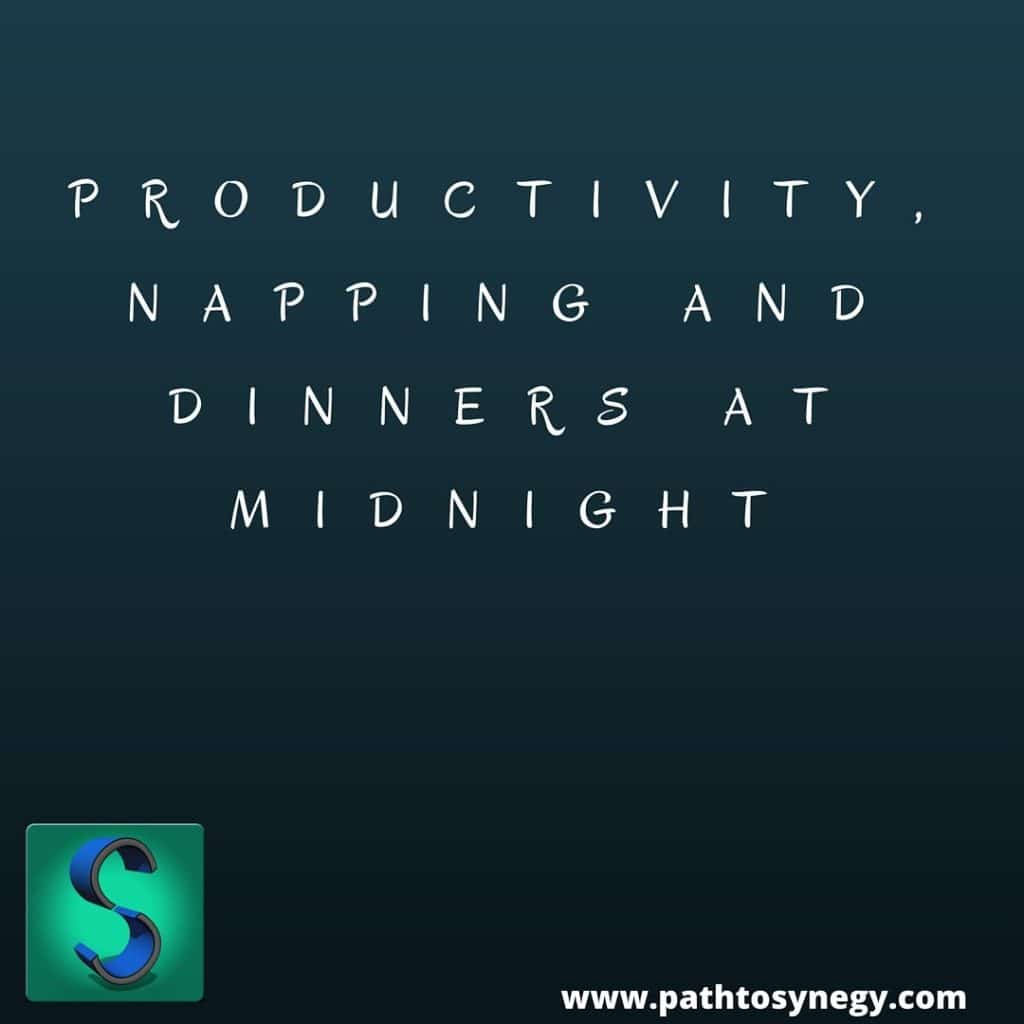Career for Recent Graduates

I was recently reminded of the stress, curiosity and overwhelm involved in finding a job after graduation. Determining how to navigate a career for recent graduates can be a daunting task with many questions, it certainly has been for me. There seems to be a definite commonality among this experience, whether its high school, college […]
Productivity, Napping and Dinners at Midnight

When I was in college I did a summer abroad trip to Spain. I traveled, learned about a totally unfamiliar culture and learned to speak more Spanish in three months than I had in three years of class. This was one of my favorite memories from college. There are many stories to tell, but the […]